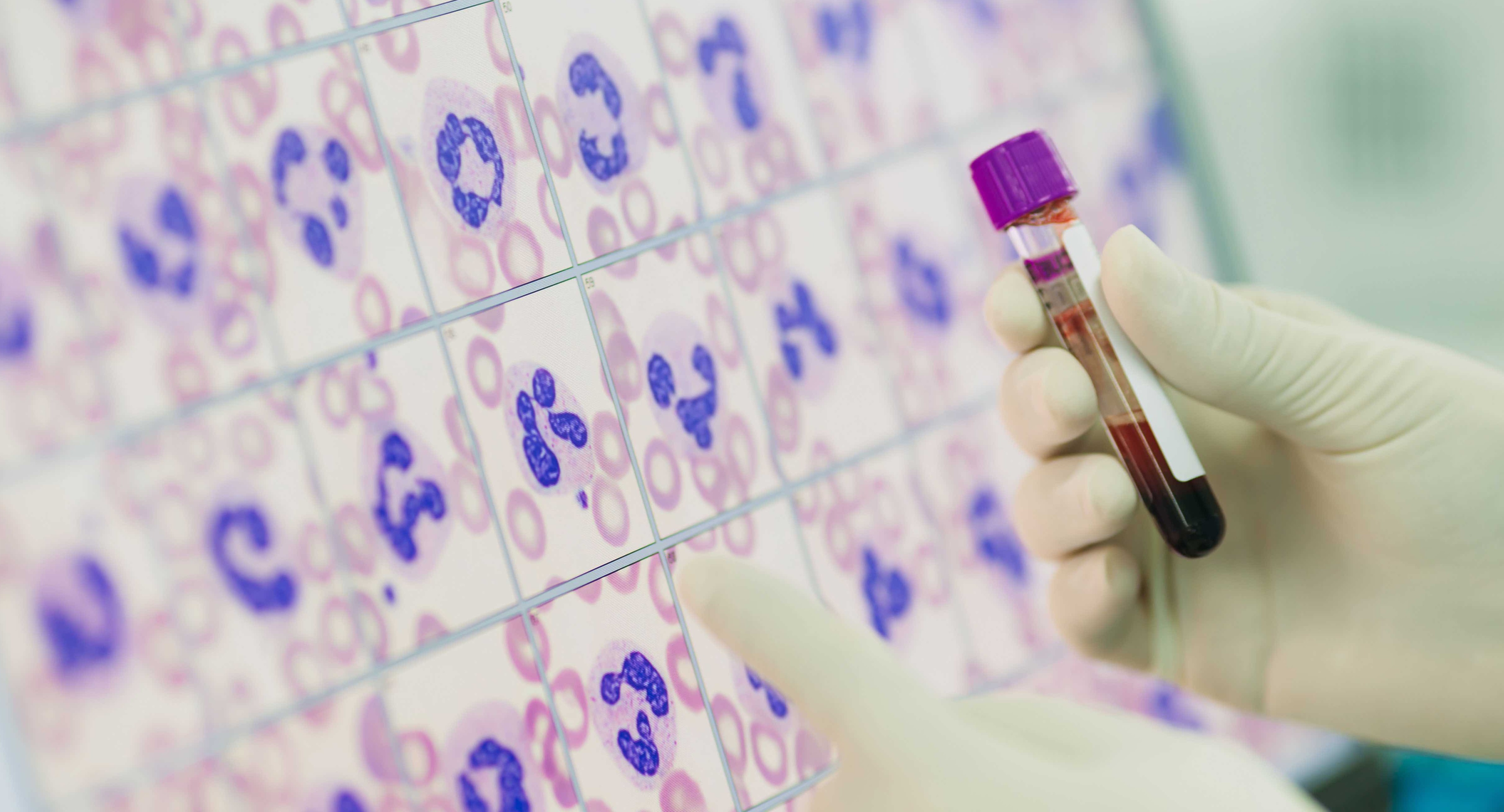Automated Blood Smear and Staining Device for Medical Laboratories

KEY INFORMATION
Healthcare - Medical Devices
TECHNOLOGY OVERVIEW
The analysis of patient’s blood, known as a Complete Blood Count (CBC), involves measuring the quantity and quality of red blood cells, white blood cells, and platelets consists of two main steps – (i) an automated machine-based examination to assess various blood cell values and (ii) a microscopic examination of blood cell morphology using stained blood smears and microscopy.
The current manual method is highly dependent on laboratory personnel to manually prepare blood smears and process the samples, introducing human error and subjectivity over the over the quantity of staining reagent used for each patient. In addition, continuous exporsure to chemical compound of staining reagents can affect the health of laboratory staff. Conversely, the use of fully-automated machines available in the market, use larger quantities of stains and reagents and this may not be effective for the daily sample volume that is typically processed in smaller hospitals or diagnostic laboratories leading to increased laboratory expenses.
This technology is of an automated blood smear staining machine which offers precision control over every step of the sample process. Employing a closed system, with multiple independent channels, this devices offers a solution suitable to smaller hospitals and laboratories which see lower patient test volumes.
TECHNOLOGY FEATURES & SPECIFICATIONS
This device represents a regional-level innovation in the field of automated hematology equipment for medical laboratories. The device utilizes precision engineering technology to control the machine's operations at every step. Software is used to control the volume of staining solutions used per sample, test, ensuring a consistent 1 milliliter volume in every case. This helps control the cost of staining and allows for accurate timing, ultimately improving the quality of staining. These enhancements lead to more accurate disease diagnosis for patients.
POTENTIAL APPLICATIONS
The primary application for this device would be for the processing of blood smears staining, required in routine laboratory tests especially the complete blood count. This test is routinely conducted to help diagnose and monitor many diseases such as anemia, blood disorders, certain infections such as malaria and treatment for leukemic cancers. Other potential applications include integrating this core technology into the creation of innovative new products, such as a tissue staining machine for pathology and/or an automated stain machine for bacteria detection for conditions such as tuberculosis.
Market Trends & Opportunities
The global hematology analyzer market size was valued at $1,962.40 million in 2020 and is projected to reach $3,941.10 million by 2030 registering a CAGR of 7.30% from 2021 to 2030. Rise of prevalence of blood disorder such as anemia, hematologic malignancy, bleeding disorder, and sepsis, is the major factor that drives the growth of the market. The increasing importance of hematological analysis has made the blood staining machine crucial in supporting laboratory professionals in the medical laboratories. This machine facilitates easy, cost-effective, and safety processes.
Unique Value Proposition
This device has unique features such as
- Precision control over volume of reagent dispensed per sample.
- The device uses a closed system which prevents the evaporation of methanol, a component of the staining solution, thereby ensuring that the staining solution remains consistent without precipitation.
- The design of the blood smear placement and slide insertion is automated, ensuring precise and accurate staining compared to manual methods.
- The machine has multiple independent staining channels, each capable of staining a slide in a precise 10-minute cycle. This allows for urgent cases to be processed without waiting for the machine to finish staining all slides simultaneously.
